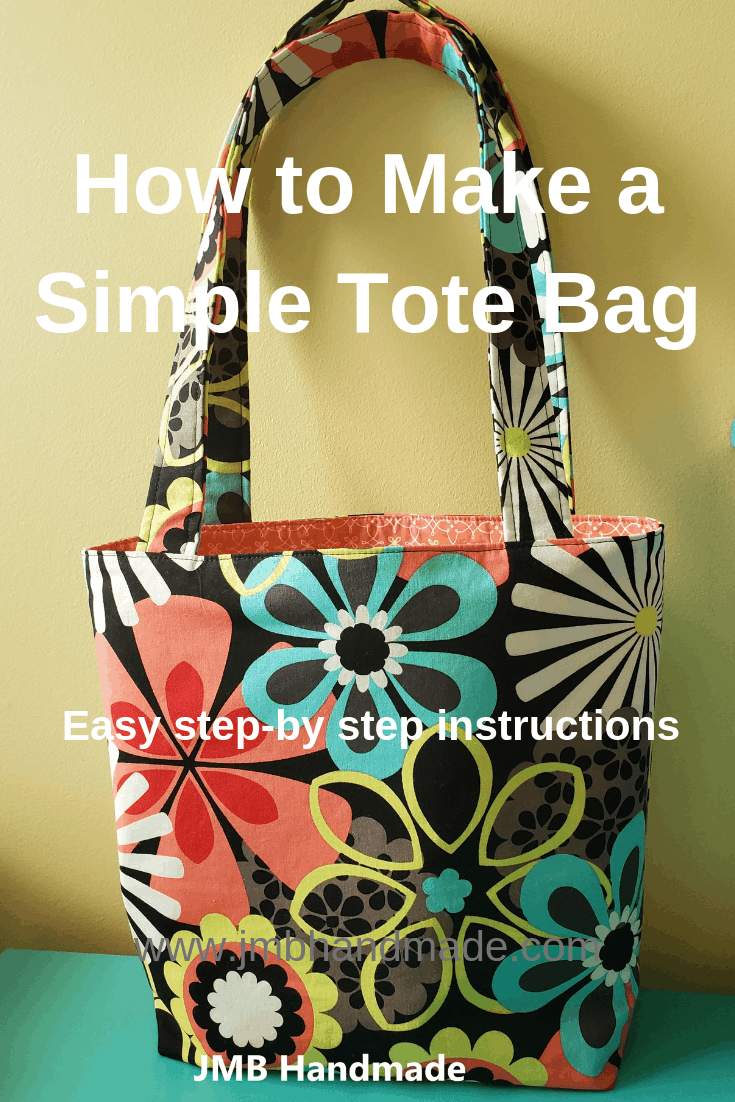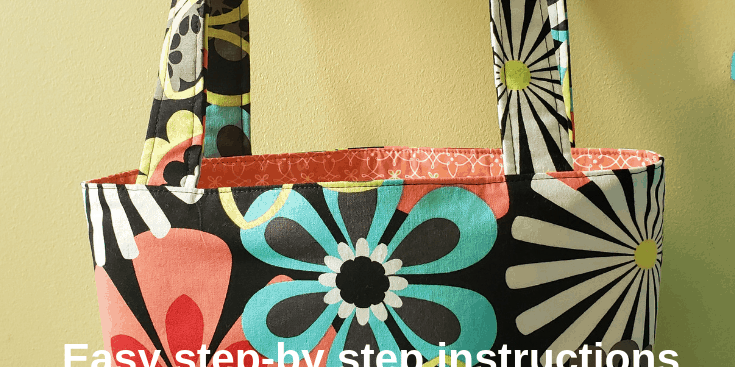 Stuffed with scarves and mittens in an entry hall, exhibiting magazines in a reading area, or overflowing with office paraphernalia, the bag board provides an inexpensive, decorative means of storing things on a wall, It consists of a piece of plywood or particle board, four canvas bags and some hooks – period. And for someone who's handy with a needle and thread, making it is as easy as sewing on buttons.
Stuffed with scarves and mittens in an entry hall, exhibiting magazines in a reading area, or overflowing with office paraphernalia, the bag board provides an inexpensive, decorative means of storing things on a wall, It consists of a piece of plywood or particle board, four canvas bags and some hooks – period. And for someone who's handy with a needle and thread, making it is as easy as sewing on buttons.
The main tool you'll need for this bag board project is a regular sewing machine, equipped with a heavy-duty needle and set for 10 to 12 stitches per inch. Other tools include a pencil, measuring tool, compass, scissors, curve-cutting saw, drill with a screw-pilot bit and screwdriver. You can have the board cut to size at the lumberyard (or hunt around for precut pieces); if you don't, you'll need a saw for cutting it.
The board is cut from a half sheet of plywood (particle board is fine). You'll also need three yards of canvas, a spool of polyester thread, eight hooks with screws, eight -two inches rings and about six-three inches screws for attaching the board to the wall.
The following steps will you:
You can buy the materials for the board and bags at the same time, but make the bags before attaching the hooks to the board. When sewing the bags, backstitch at the beginning and end of each stitching line for strength. Before stitching each seam either, baste, pin baste or press each turned seam (use a pressing cloth when ironing).
- Make patterns for the bag board from paper according to the sketch you desire and lay the patterns on the finish side of the canvas. If stripes or other patterns decorate your canvas, align them so they'll match. Cut out the material.
- Lay a front panel on a back panel, both appearance sides up. Fold under one half inch of both panels along the lower edge, baste or press and double-stitch along the seam, running the first row of stitching about one eighth inch up from the edge.
- Finish the top edges of the two panels by folding under one fourth inch and stitching about one eighth inch in from the folded edges of each.
- Fold under one half inch of one of the side edges (both panels together) and stitch it like the bottom seam. End the stitching at the top of the front section; then backstitch for strength. Do the same on the other side edge.
- Depending upon how you plan to use the bags, you may want to divide each bag into two pockets with a center seam. This will keep its front from drooping when it holds magazines or other tall articles.
- Attach rings. Fold the protruding flap through a ring and pin the flap to the back canvas panel. Leave it pinned until you have tested the bag by hanging it from the hooks – you may have to adjust the angle to get the stress on the flap equally distributed. Once tested, stitch it several times. Duplicate the preceding procedures for the other three bags.
- Cut the plywood or particle board to size. Mark a one and one half inch radius on the corners using a compass; then cut around the lines with a curve-cutting saw. Sand all edges. Lay out the hooks according to your pattern, test their placement with the bags and rings and screw them in place.
- Finish the board as desired. Locate the wall studs in the wall and, according to their placement, drill holes behind the bags for three inch screws. Attach the board to the wall studs and enjoy your new wall storage board.
You can add the finishing to the bag board in whatever color or style you desire, as the final product will have the same purpose.
Sources:
Brody, A. L., and Marsh, K, S., "Encyclopedia of Packaging Technology", John Wiley & Sons, 1997, ISBN 0-471-06397-5
